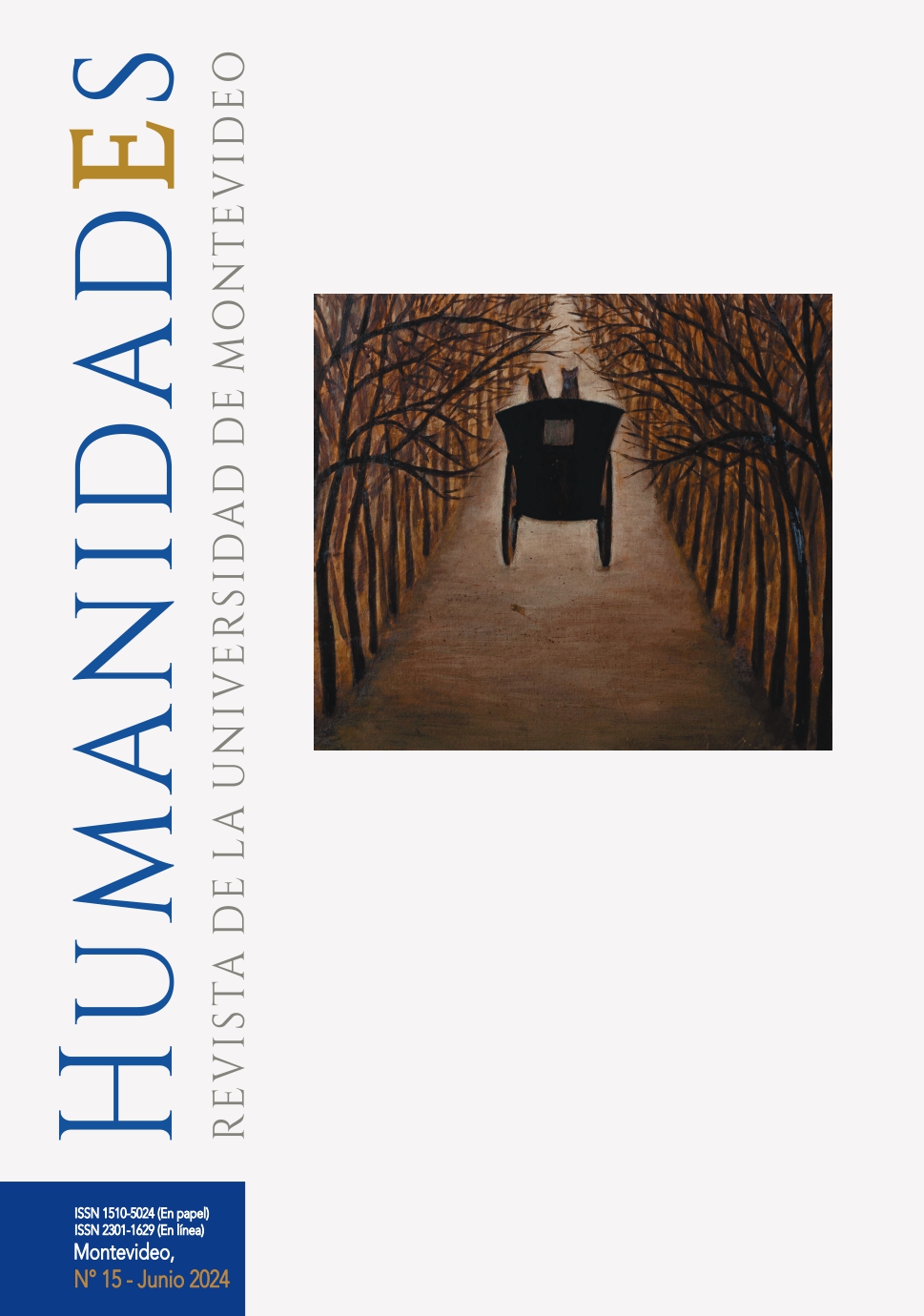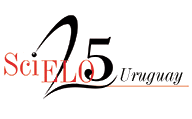We will know how to write. Teaching writing in the Communication degree at the University of Montevideo
DOI:
https://doi.org/10.25185/15.5Keywords:
Writing, Teaching, Written Communication, Reading & WritingAbstract
In this work, the central points of writing teaching at the Faculty of Communication of the University of Montevideo in the twenty years that have passed since its foundation are presented and analyzed. The insistence on mastering the rules and uses of current Spanish, a program of challenging and close readings, personalized correction and self-correction as central instruments are some of the key learnings that result from this teaching experience.The teaching of reading and writing faces multiple challenges in a context of ephemeral relationship with the word and within the primacy of the captivating moving image. Communication faculties play a fundamental role in training professionals capable of “reading well”, mainly to then be able to “write well”.
Downloads
References
Abdullah, Z. F., Osman, Z., Sarudin, A., Redzwan, H. F. M., & Werdiningsih, D. A comprehensive review on pre-university student essay writing: Issues and recommendations. Journal of Research, Policy & Practice of Teachers and Teacher Education 12, nº 1 (2022): 117-130.
Ballano, Inmaculada, y Muñoz, Itziar (eds.). La escritura académica en las universidades españolas. Bilbao: Universidad de Deusto, 2015.
Casado, Manuel. El castellano actual: usos y normas. Pamplona: Eunsa, 2012.
Chéjov, Anton. Unos buenos zapatos y un cuaderno de notas: cómo hacer un reportaje. Barcelona: Alba, 2005.
Conway, Kyle. How To Read Like you Mean It. Athabasca, AU Press, 2023
De Lara, Alicia y García Avilés, José Alberto. Examining competences in online journalism at Spanish Universities: The case of the Miguel Hernández University, Journal of Applied Journalism & Media Studies 2, nº 2 (2013): 245-263.
Gómez Baceiredo, Beatriz & Pérez Aguirre, José Antonio. ¿Saben nuestros alumnos leer y escribir? La docencia de la escritura en el EEES. En Sierra Sánchez, Javier & Sotelo González, Joaquín: Métodos de innovación docente aplicados a los estudios de Ciencias de la Comunicación. Madrid: Fragua, 2010, 164-178.
Lingwall, Andrew, y Kuehn, Scott. Measuring student self-perceptions of writing skills in programs of journalism and mass communication, Journalism & Mass Communication Educator 68, nº 4 (2013): 365-386.
Pentikäinen, Johanna. Finnish Teachers’ Views on their Pupils’ Writing Challenges. Journal of Finnish Studies 26, nº 1 (2023): 24-49.
Pérez Álvarez, Álvaro & Otegui Piñeyrúa, Martín. La enseñanza de la escritura y la corrección de textos en una facultad de comunicación. Congreso Internacional de Correctores de Textos en Español. Madrid: 2018.
Sánchez, José Francisco. Vagón-bar. Pamplona: Ediciones Internacionales Universitarias, 1999.
Sanchís, David y Gómez Baceiredo, Beatriz. Retos de la enseñanza de la redacción periodística en las Facultades de Comunicación en España: de los planes de estudio al aula. En De Lara, Alicia y Arias, Félix (eds.), Mediamorfosis: Perspectivas sobre la innovación en periodismo, ebook, UMH, 2017.
Steiner, George. Una lectura bien hecha. Letras Libres, nº 229 (1995): 6-12.
Steiner, George. Una lectura bien hecha. Revista Letra Internacional, nº 59 (1998): 28-40.
Steiner, George & Jahanbegloo, Ramin. George Steiner en diálogo con Ramin Jahanbegloo. Madrid: Anaya & Mario Muchnik, 1994.
Zambrano, María. Por qué se escribe. Revista de Occidente XLIV, nº 132 (1934): 318.




























 This work is under a
This work is under a 